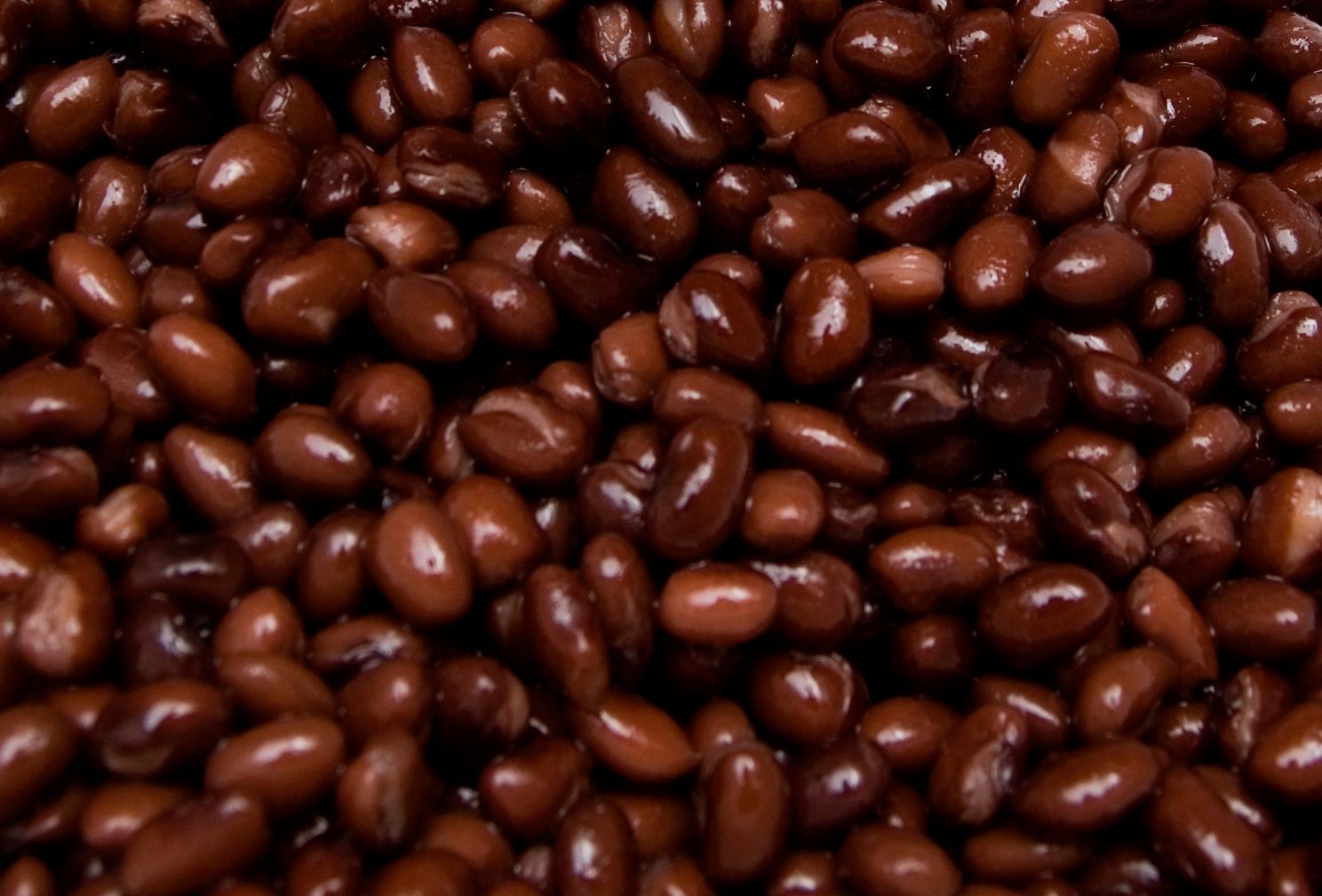
Exercise in the Era of COVID-19: The Dos and Don'ts
- Apr 11, 2024
In the battlefield of health and fitness, being hasty can feel like wrestling with sandpaper. Jump into your workout routine without giving your body ample time to recuperate, especially post-COVID-19, and it's like tossing a snowball at a flamethrower - futile and harmful. As Anita Chopra, MD, a post-COVID rehabilitation specialist, elucidates, the infamous 'push and crash' cycle is a frequent sight among COVID survivors trying to go full-throttle on their workouts. The potential result? You could go from bench pressing to power napping for days on end.
The optimal way to sweat out during or post-COVID majorly depends on diverse factors like your fitness capabilities, age, and the intensity of your illness. But the eureka question remains: is it safe to whip out your yoga mat or weights while you're still sneezing and coughing?
According to James Borchers, MD, charging ahead with your workouts can be like fanning the flames of a wildfire. It may exacerbate the infection and give an encore to complications. So, presume not that your ripped abs or chiseled biceps could outpace the virus and repair you sooner. Even arduous exercise amidst the crucial phase of COVID might backfire by suppressing your immune system, leading to more severe infection.
However, for the lovers of physical motion, light exercise like walking could work wonders. It's an 'okay' if your symptoms mimic that of a common cold - but ensure you're not spreading your germs while doing so.
Now, if you're pining for your post-COVID workouts, proceed with caution. If you're mostly symptom-free and sans fever, a week after the infection should flag the safe zone. Yet, remember, your 'return journey' to the gym is unique and pay heed to any strangling symptoms as you revamp your fitness schedule.
Make sure you gradually increase the intensity of your workouts. In an ideal scenario, if you had a mild to moderate infection, disjointed symptoms, and no fever, light exercise - taking up 50% of your usual intensity - for 15 to 30 minutes is deemed safe. Stick to this routine for three days, then step up to 75% of your typical workout intensity for another three days. If all goes well, you can then revert to your pre-COVID workout routine.
For those who've wrestled with severe COVID-19, your top priority should be rest. If you leap into your exercise routine and wind up overwhelmingly fatigued or sore, it's your body's siren song asking for a slower pace or rest. Don't hesitate to contact your doctor if you had intense symptoms or have doubts about the severity of your illness.
Finding your normal fitness level post-COVID can be as uncertain as fishing in darker waters. The time it takes to regain fitness varies immensely among individuals. However, light at the end of the tunnel comes from a study of 104 USA triathletes, with nearly 40% reported reaching their fitness peak within a month.
The jury still debates on the appropriateness of exercising for those suffering from Long COVID. While some studies narrate improved workout duration, fewer shortness of breath bouts, and better quality of life post-respiratory training and exercise-oriented rehab programs, others have raised flags due to potential harm and thus suggest judicious monitoring.
Finally, weaving exercise into the thread of your daily routine before getting hit by the virus might serve as a shield against COVID-19. However, the most significant recipe for recovery is simple: listen to your body and allow ample space for rest. Be patient and pace yourself to prevent workout woes and get back on your fitness track faster. So, ditch the rush, embrace the rest, and recover.






